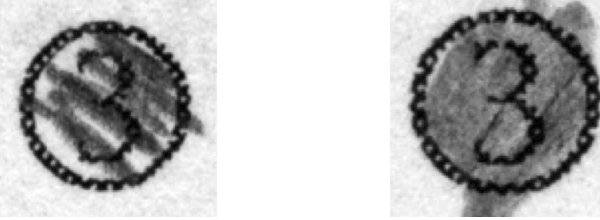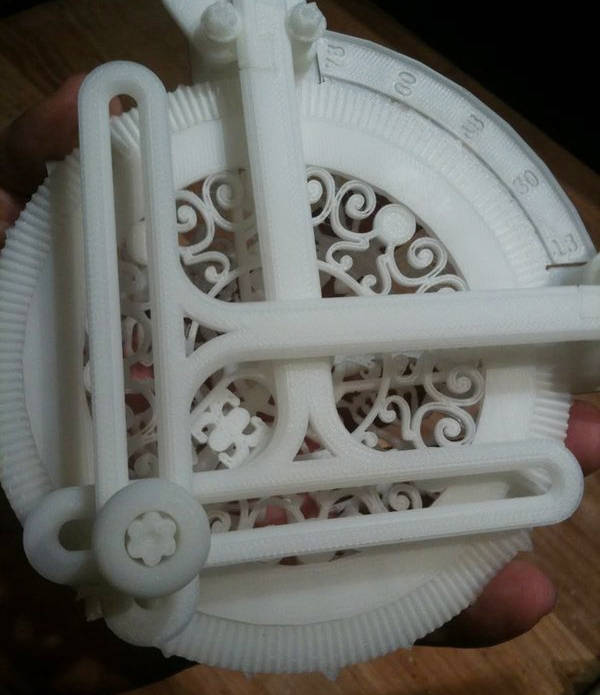Is the world ready for this jelly?: "

You can't tell from the photo, but this jellyfish is huge. Nomura jellyfish, native to the waters off China and Japan, can grow to be the size of a refrigerator, and weigh up to 400 pounds. And, since the 1990s, there's a lot more of them. Swarms, 500 million jellies strong, have sunk ships, writes Brandon Keim in Wired. It's part of a global increase in jellyfish populations. Right now, nobody's sure whether this is a blip, or a new normal. But everybody would like to know how jellyfish affect ecosystems, and new research offers some sobering analysis.
In what may be the most comprehensive jellyfish study to date, Condon's group spent nearly four years gathering data from Chesapeake Bay on Mnemiopsis leidyi and Chrysaora quinquecirrha, two species that have caused trouble elsewhere and are considered representative of jellyfish habits worldwide.
The researchers counted them at sea, measured the nutrients in surrounding water, and calculated the composition of nearby bacterial communities. In the lab, they observed how bacteria in seawater reacted to jellyfish, and tracked chemicals flowing through their aquariums.
They found that jellyfish, like many other marine species, excrete organic compounds as bodily wastes and as slime that covers their bodies. But whereas the excretions of other species are consumed by bacteria that form important parts of oceanic food webs, jellyfish excretions nourish gammaproteobacteria, a class of microbes that little else in the ocean likes to eat, and that produces little of further biological use.
'Lots of marine creatures make this dissolved organic matter that bacteria use to live. But the point of this paper is that the organic matter produced by jellies doesn't make it back up the food web,' said study co-author Deborah Steinberg, also a Virginia Institute of Marine Science biologist. 'When jellies are around, they're shunting this energy into a form that's just not very usable. They're just shunting energy away from the rest of the food web.'
Nomura jellyfish photo by KENPEI, used via CC





"







